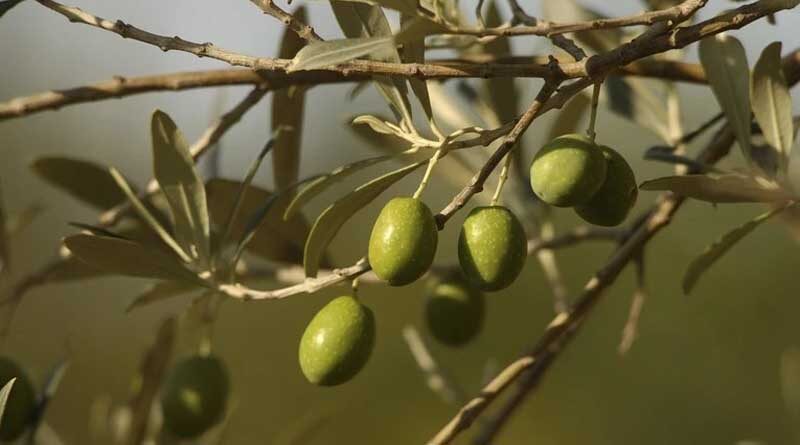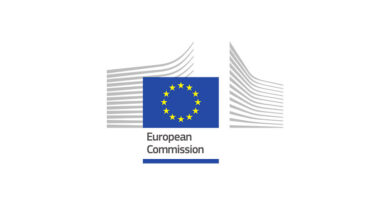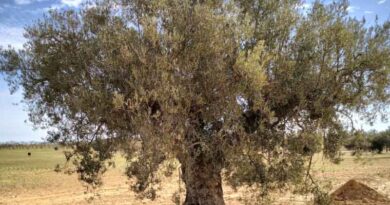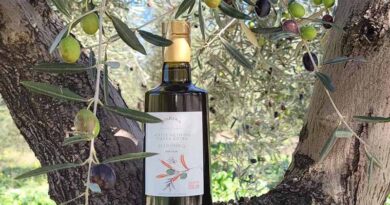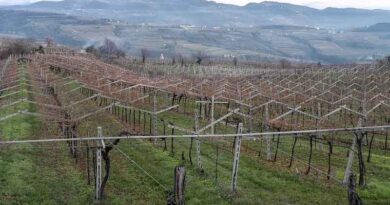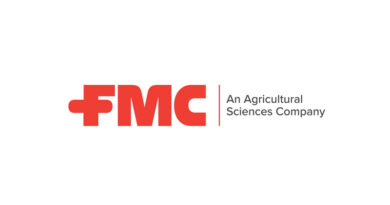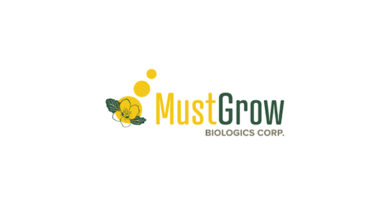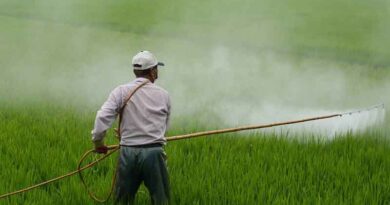Olive: A Future as Rich as its Past
25 November 2022, Egypt: Our relationship with the olive tree is thought to date back some 100,000 years1, when we first used its fruits for fuel and for food. It was a relationship that strengthened when we started cultivating the crop between 5,000 and 6,000 years ago2.
Over those years, the olive has weaved its way through cultures across the globe. Its branches feature in the myths of ancient Greece, in religious texts and has been found in the tombs of Egyptians, where it was used as a symbol of peace and harmony.
The oldest olive trees have lived for well over 1,000 years. They started their lives during the Middle Ages in Europe, the Golden Age of the Muslin world and the Song dynasty in China. It is perhaps unsurprising then, that we also associate the olive with wisdom.
Socially, economically and environmentally sustainable crop
Today the olive tree continues to have cultural significance. Whether it is a tapenade or tagine, a pizza or martini, olives bring people together to eat and make memories.
Olives are of economic importance too. Over 3.3 million tonnes of olive oil and 2.8 million tonnes of table olives were produced this year3, and the olive oil industry is estimated to be worth nearly 14 billion USD4 alone.
Alongside its financial and social significance, we’re increasingly recognising the environmental value of olives.
An olive grove is a permanent crop which, in non-cultivation systems, avoids erosion and is a carbon sink, fixing around 6 Tm of CO2/Ha each year. In comparison with annual crops, the long-term structure of tree roots better hold soils together and the shade cast by its evergreen leaves and branches can prevent desertification.
Improvements in water management and crop protection are reducing the environmental impacts of commercial production of olives.
Deficit irrigation systems, for example, are now widely used in olive groves. Our growing understanding of the crop’s physiology, enable us to target limited amounts of water at specific growth stages, optimising the use of this precious resource and increasing its economic productivity.
Advances in areas of molecular biology, genomic and bioinformatics are helping us develop sustainable solutions that improve crop performance and resilience to abiotic stress such as heat and drought.
This progress goes hand in hand with developments in technology and automation, leading to growing techniques that are capable of producing much more with less. Just over 4.5 million hectares in Europe5 are dedicated to olive groves. It’s one of the largest permanent single crops worldwide. The transition from traditional olive groves which contain 70-120 trees/ha, to super-intensive olive groves that can hold up to 3,000 trees/ha, has the potential to release land to nature, as well as reduce our use of fuel in their growing and harvesting.
Likewise, the production of olive oil has become increasingly efficient and effective. As well as reducing energy consumption in the processing, very little goes to waste. Resulting organic material, for example, is widely used as biomass, fertiliser and animal feed.
Not only are olives an economically important crop, they are a nutritious and sustainable food source that continues to be associated with peace, harmony and wisdom. At a time when the world is facing many challenges, it is comforting to know that this fruit and its rich history, has an exciting future too.
Also Read: Out of the Global Top 20 Pesticides, only 2 remain Patented: Study
(For Latest Agriculture News & Updates, follow Krishak Jagat on Google News)

